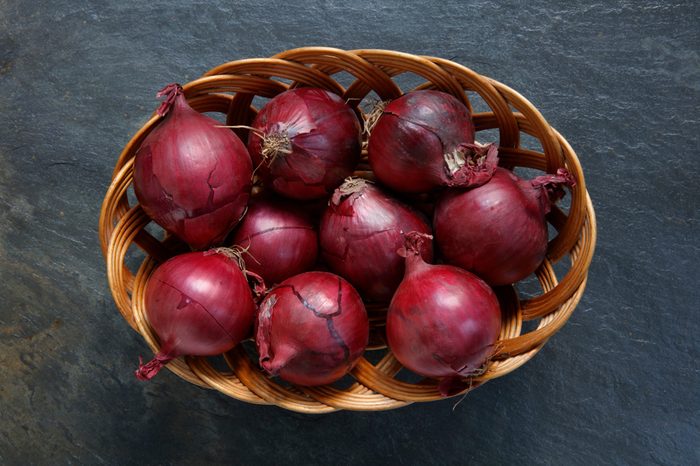
Onions
You’ll get the most out of this veggie’s cancer-fighting antioxidants by eating it raw; cooking onions at a high heat significantly reduces the benefits of phytochemicals that protect against lung and prostate cancer. Try combining chopped raw onions with tomatoes, avocado, and jalapeño peppers for a blood sugar–friendly chip dip. Finish with a splash of lime juice. Before you get chopping, learn the answer to your big question: Why do onions make you cry?
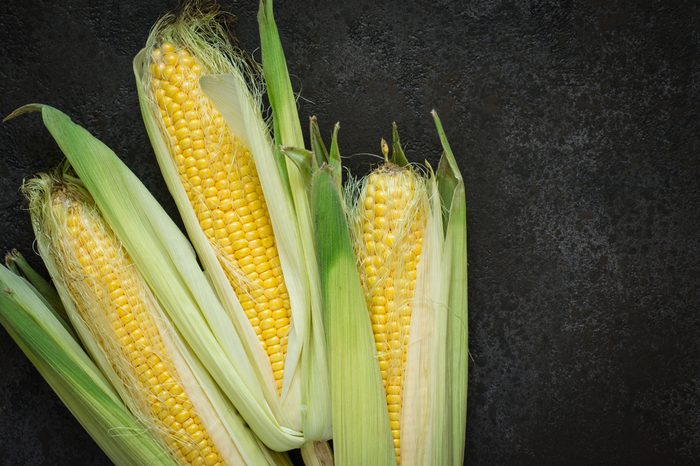
Corn
On the cob or off, it’s all good! A 2018 review found that, due to its high nutrient profile (vitamins A, B, E, and K; magnesium, phosphorous, and dietary fiber, to name a few), regular consumption of whole grain corn lowers the risk of developing chronic diseases such as cardiovascular disease, type 2 diabetes, and obesity and improves digestive health. You don’t even need to cook corn on the cob!
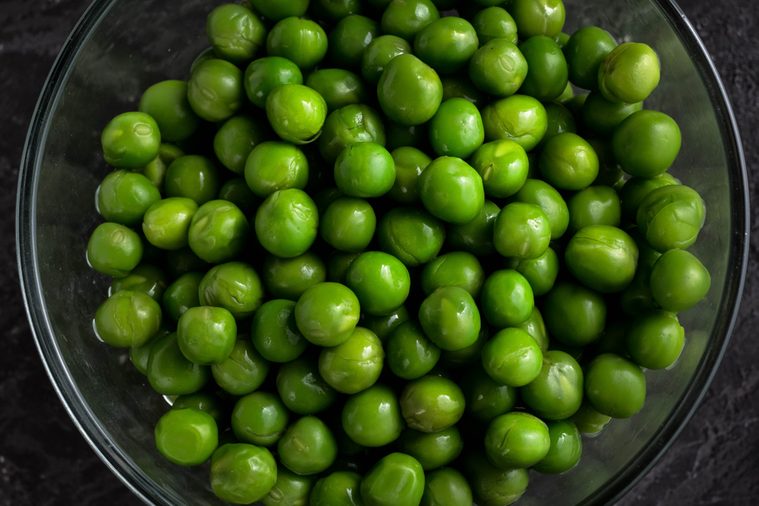
Peas
Tiny but mighty, indeed. In a 2015 French study, people who consumed pea protein supplements after resistance training saw the same strength gains as those who drank whey protein shakes post-workout. Prefer to eat your peas in their original orb shape? Pair them with carrots for a delicious side.
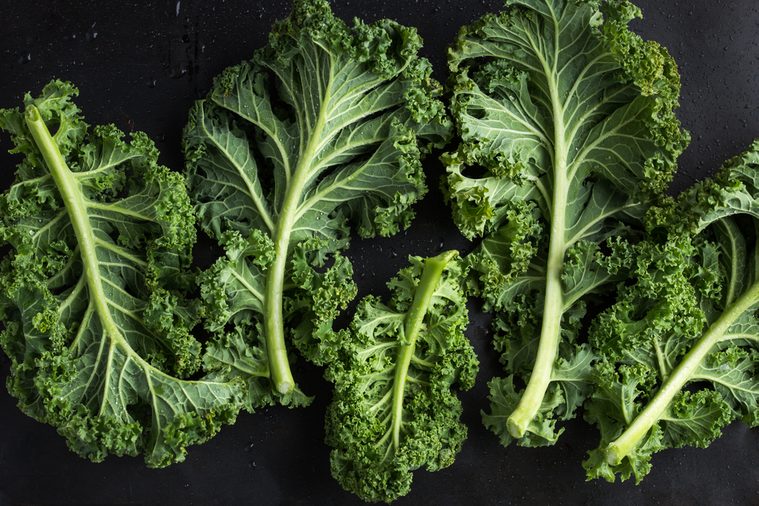
Kale
Standing out even among all the leafy greens, this is one of the healthiest green vegetables in your supermarket. A cup of cooked Kale is chock full of vitamin C, and they may help improve your mind. Researchers at Tufts University found that those who ate about one-and-a-half servings of green leafy vegetables per day, including kale, had the cognitive functioning of people roughly eleven years younger than those who ate little or no leafy greens. While you’re eating your leafy greens, do these mental exercises to help keep your brain sharp.
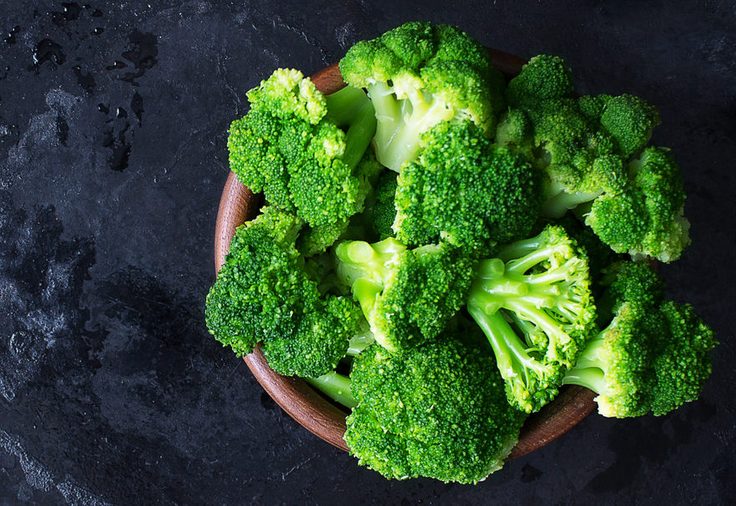
Broccoli
Broccoli is full of cancer-fighting antioxidants and phytochemicals like glucosinolates, which may protect against bladder cancer. Don’t miss these other 13 things your bladder wishes it could tell you.
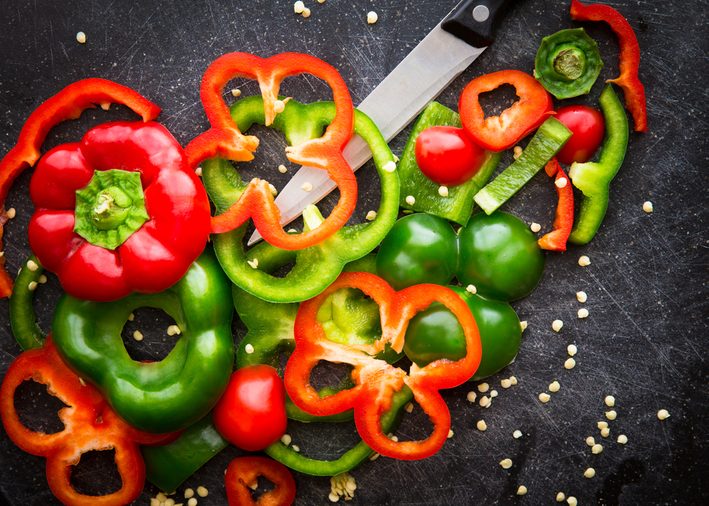
Red bell pepper
One medium pepper is light on calories (just 32 per pepper) but heavy on vitamin C, providing 150 percent of the recommended daily value. The antioxidant is known to help ward off atherosclerosis, which can lead to heart disease. Talk about healthy vegetables. Check out these other 10 foods with more vitamin C than an orange.
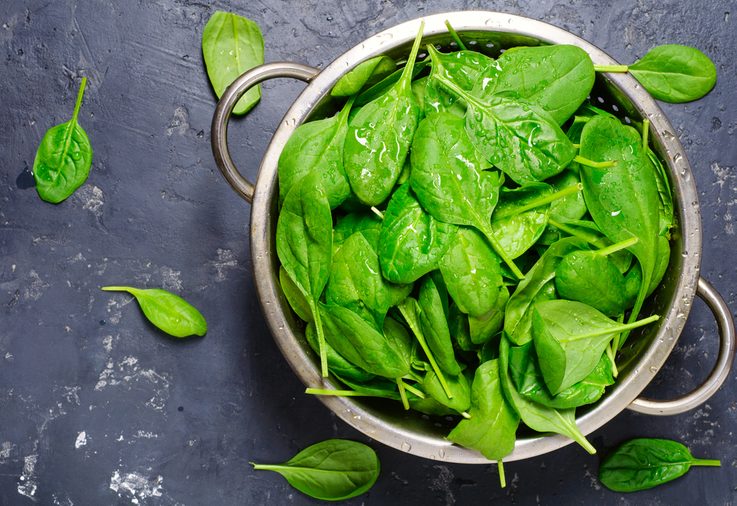
Spinach
Like other leafy green vegetables, spinach is packed with carotenoids—antioxidants that promote healthy eyes and help prevent macular degeneration, the leading cause of blindness in older adults. (Don’t miss these other 39 ways to protect your eyes.) Cooking these green vegetables helps make lutein (a carotenoid) more absorbable by your body. Find out what else can happen if you don’t eat your fruits and vegetables.
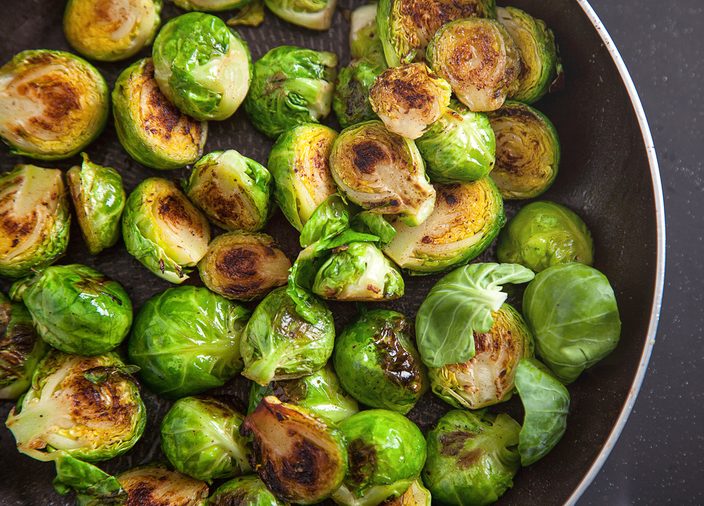
Brussels sprouts
The antioxidants in these green vegetables can help detoxify cancer-causing free radicals, and with 80 percent of your daily vitamin C in just 1/2 cup of cooked sprouts, also help fight heart disease (unlike these foods that heart doctors never, ever eat) and ward off cataracts. Try sautéing your brussels sprouts with a little bacon or olive oil and mustard for a smoky kick. It can’t hurt to work some of these most nutritious foods in the world into your diet as well.
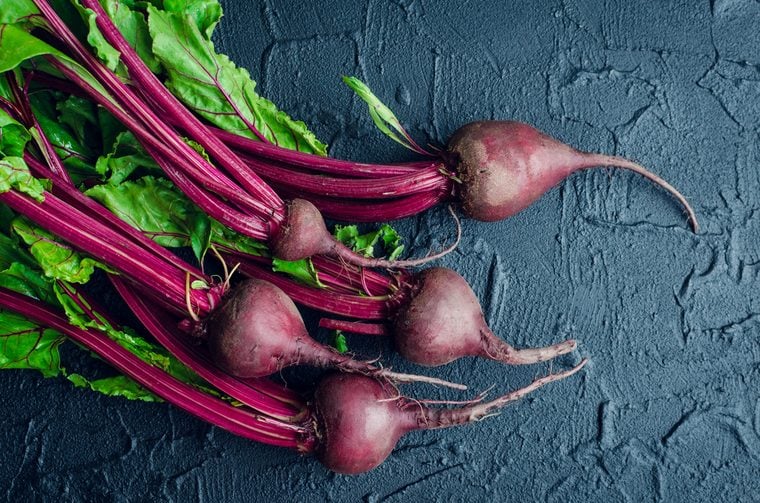
Beets
Roasted or pickled, this root vegetable is packed with healthy nutrients. Among them: antioxidants that fight cancer and inflammation. But don’t throw out those leaves! Beet greens are the most nutritious part of the vegetable and can be cooked like other dark leafy green vegetables such as spinach, mustard greens, and kale.
